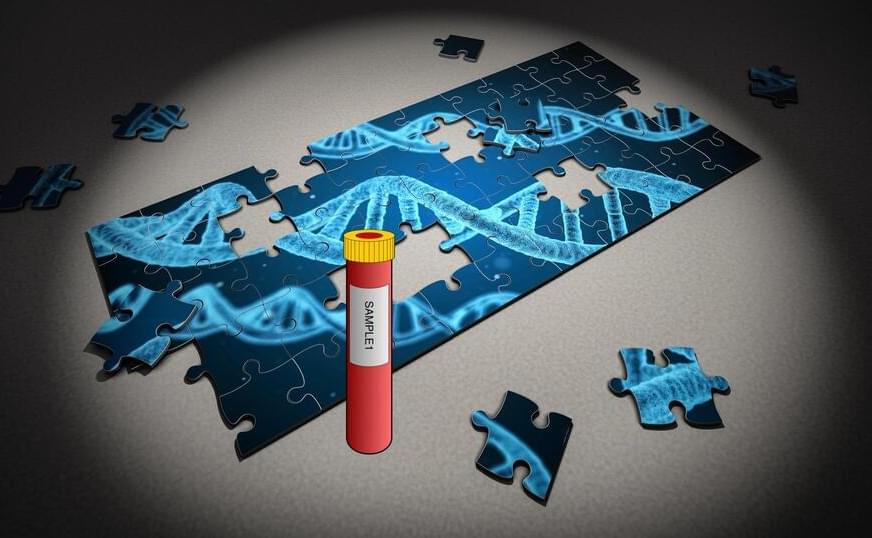Artificial Intelligence is the ability of machines to seemingly think and act as humans do. Humans absorb data through our various senses, process data using our cognitive abilities, and then act. Machines also, in their own narrow way, absorb whatever information is made available to them and take relevant actions when prompted. Those actions may take the form of a conversational bot or a recommender engine. Over time, our decision-making sophistication has increased. We began making decisions relying solely on our judgment. We progressed to summarizing large swaths of data and then applying our judgment to that summary. And at present, we entrust AI with taking decisions across data and recommending actions. In narrow problems, machines have a greater ability than humans to process volumes of data and accurately identify the trends within. Was AI wrong about Nadal? Not really. It said that Nadal had a 4% chance of winning; at that snapshot in time, and based on all past data of similar matches, perhaps that was a fair assessment of his chances against Medvedev. Most humans would also have predicted a Medvedev win even if they hoped for a different outcome. I am sure that as the fifth set played out, the odds of Nadal winning rose steadily in his favor. So, the earlier prediction should not be considered wildly inaccurate just because Nadal ultimately won.
Full Story:
Can AI measure the heart of a champion?






